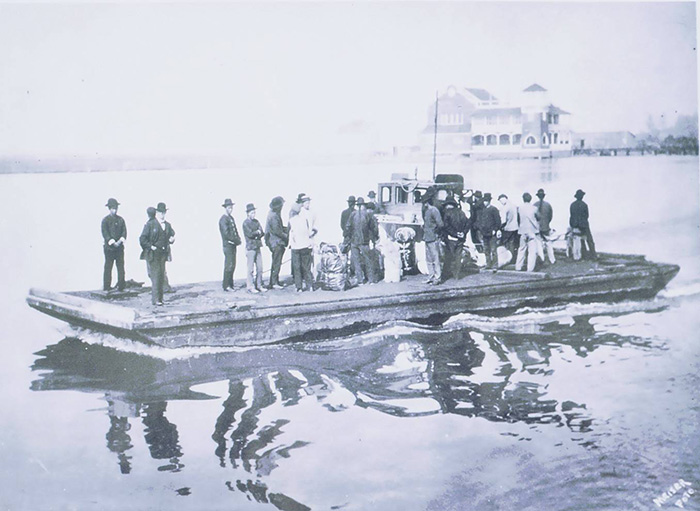The Chinese Community of Tacoma, Washington: A Story of Forced Migration

Editor’s note: Much of the U.S. immigration story is about people in search of new opportunities and new freedom. But there have also been periods in our national history when people have been forced to move from their countries of origin, and then again from towns and cities across the United States.
Between 1849 and 1910, thousands of Chinese Americans were driven out of their communities in the Pacific Northwest. Jean Pfaelzer, professor and author of Driven Out: The Forgotten War Against Chinese Americans, will discuss this issue at the 2016 Folklife Festival’s On the Move tent. She submitted to us this blog post.
On November 3, 1885, the Chinese were driven out of Tacoma, Washington. At 9 in the morning, all the factory whistles rang out, and at that sign vigilantes rode through the city’s Chinatown, bashing in doors, destroying furniture and clothing, and rounding up all the Chinese men and women, merchants and laborers.
Later that morning, under guard, the Chinese people of Tacoma began a ten-mile trek to a railroad crossing, which they had built. They waited in the rain. On that cold night, some caught a train, others followed the tracks toward Vancouver, Washington. Once there, they found the U.S. sheriff, who traveled to Tacoma to arrest the mayor, local judges, county councilmen, and the vigilantes who had led the violent purge.
Lum May, who had been in Tacoma with his family for ten years and owned the city’s largest Chinese store, sued for reparations.
This is May’s testimony in that lawsuit for justice:
…a committee of white persons waited upon the Chinese at their residences and ordered them to leave the city before the 3rd of November…I asked General Sprague and other citizens for protection for myself and the Chinese people…All the Chinese received notice to leave and were frightened lest their houses should be blown up. …Many tried to keep on the lookout. About half past 9 o’clock on November 3, 1885, a large crowd of citizens of Tacoma marched down to Chinatown and told all the Chinese that the whole Chinese population of Tacoma must leave town by half past one o’clock in the afternoon. There must have been in the neighborhood of 1000 people in the crowd of white people. Where the doors were locked they broke forcibly into the houses smashing in doors and breaking windows. Some of the crowd was armed with pistols, some with clubs. They acted in a rude and threatening manner, dragging and kicking the Chinese out of their houses. My wife refused to go and some of the white persons dragged her out of the house. From the excitement, the fright and the losses we sustained through the riot she lost her reason, and has ever since been hopelessly insane. She threatens to kill people with a hatchet or any other weapon she can get hold of. The outrages I and my family suffered at the hands of the mob have utterly ruined me. My wife was perfectly sane before the riot.
I saw my countrymen marched out of Tacoma on November 3rd. They presented a sad spectacle. Some had lost their trunks, some their blankets, some were crying for their things. Armed white men were behind the Chinese, on horseback sternly urging them on. It was raining and blowing hard. On the 5th of November all the Chinese houses situated on the wharf were burnt down by incendiaries.”
In the end, the Chinese in the Pacific Northwest were paid $500,000 in reparations for being subjected to acts of racial violence.
On July 2, I will join Ted Gong, director of the 1882 Foundation, in a discussion about forced Chinese migration at the On the Move: Migration and Immigration tent. Together we will address the question, what is like to be forced to move? How does this experience shape community development, cultural identity, and memory across the generations? What might we learn from history that will help us better understand the experience of the many people being forced from their communities today?
This guest blog was written by Jean Pfaelzer.

